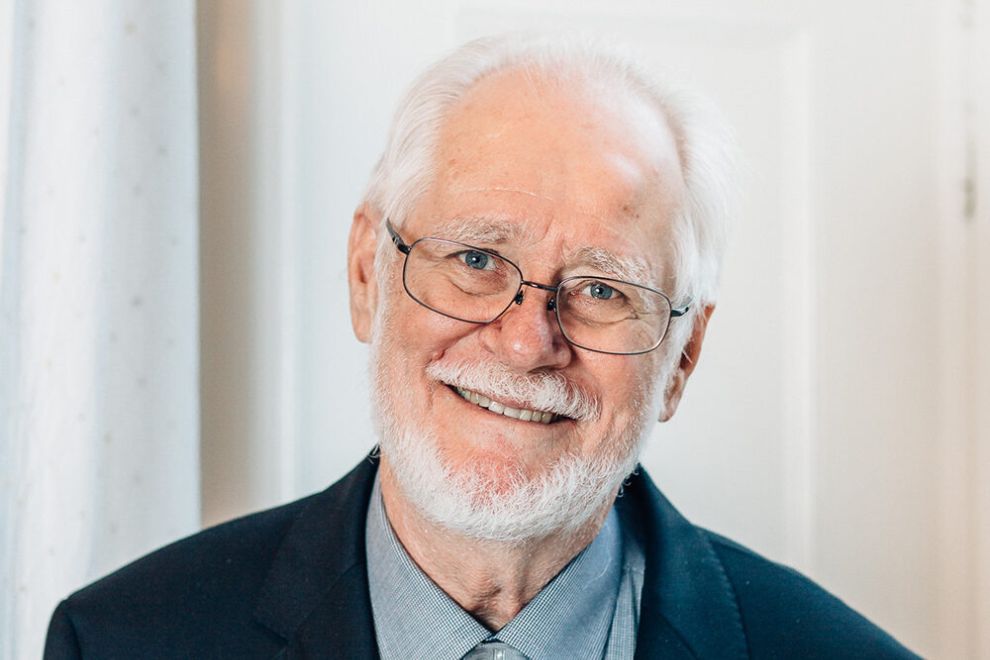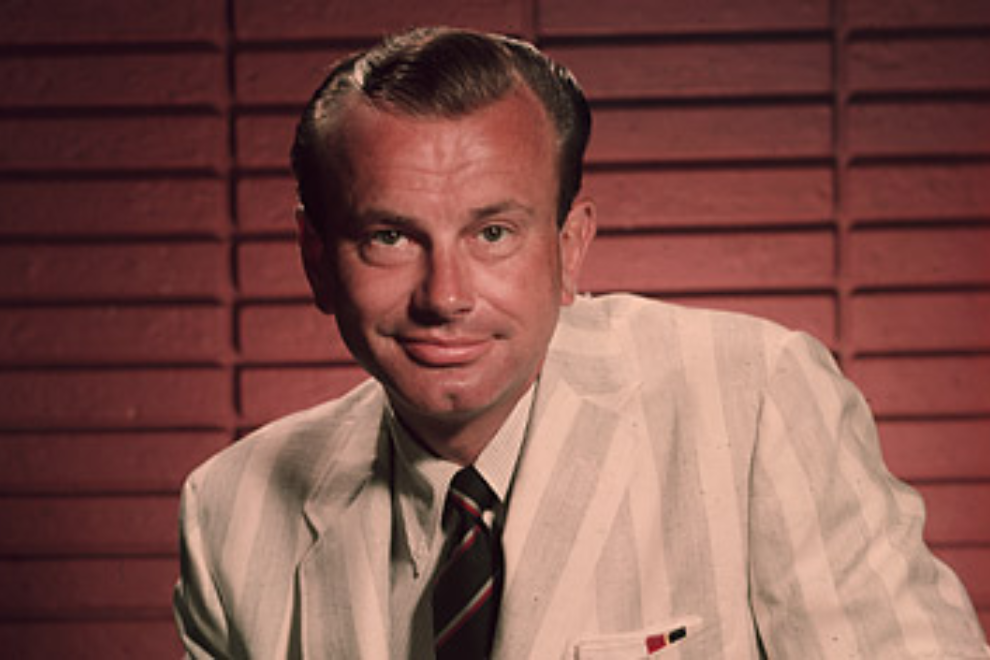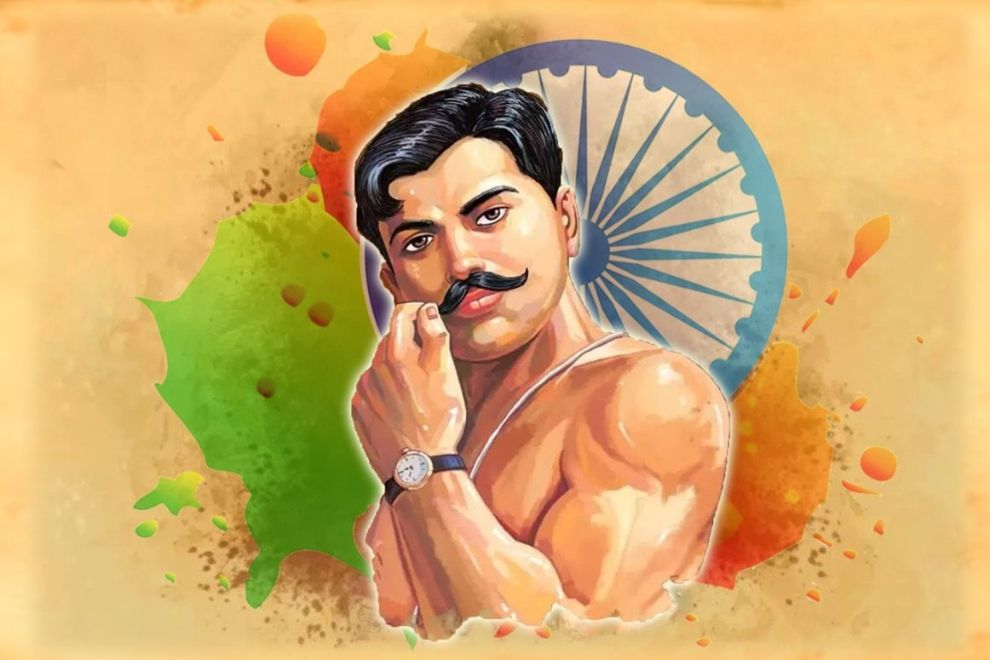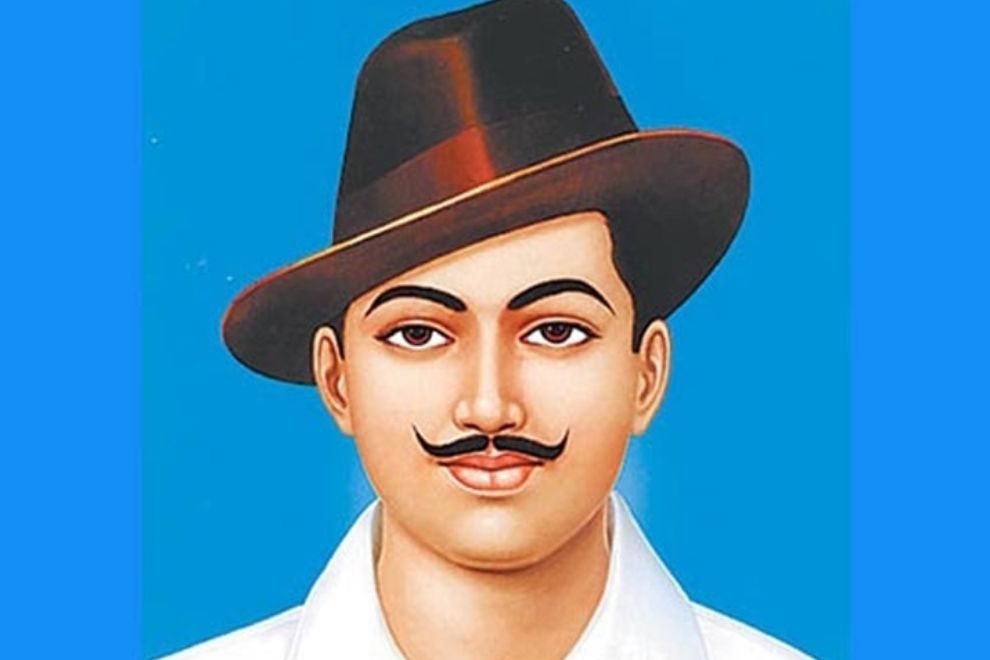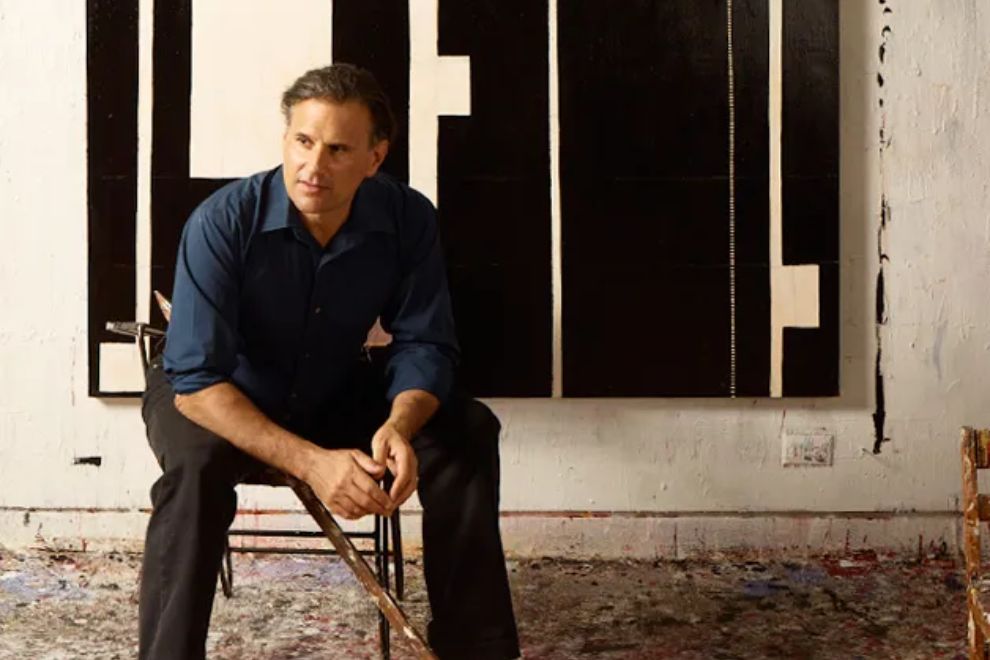Magnus Scheving Quotes: Inspiring Words from the Creator of LazyTown
Magnus Scheving: Info Magnus Scheving (born November 10, 1964) is an Icelandic writer, producer, entrepreneur, and athlete best known as the creator and star of the children’s television series LazyTown. Playing the role of Sportacus, Scheving combined entertainment with messages about fitness, nutrition, and healthy living, inspiring children worldwide to embrace active lifestyles. Before his television career, he was a successful athlete and two-time European champion in aerobics. Scheving has also written books and developed businesses centered on health, creativity, and education, making him a global advocate for positive lifestyle choices. 10 Memorable Magnus Scheving Quotes
Magnus Scheving Quotes: Inspiring Words from the Creator of LazyTown Read More »




